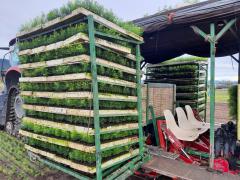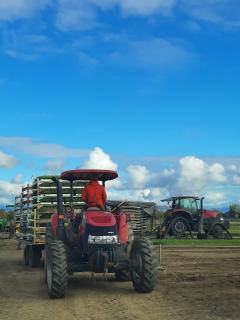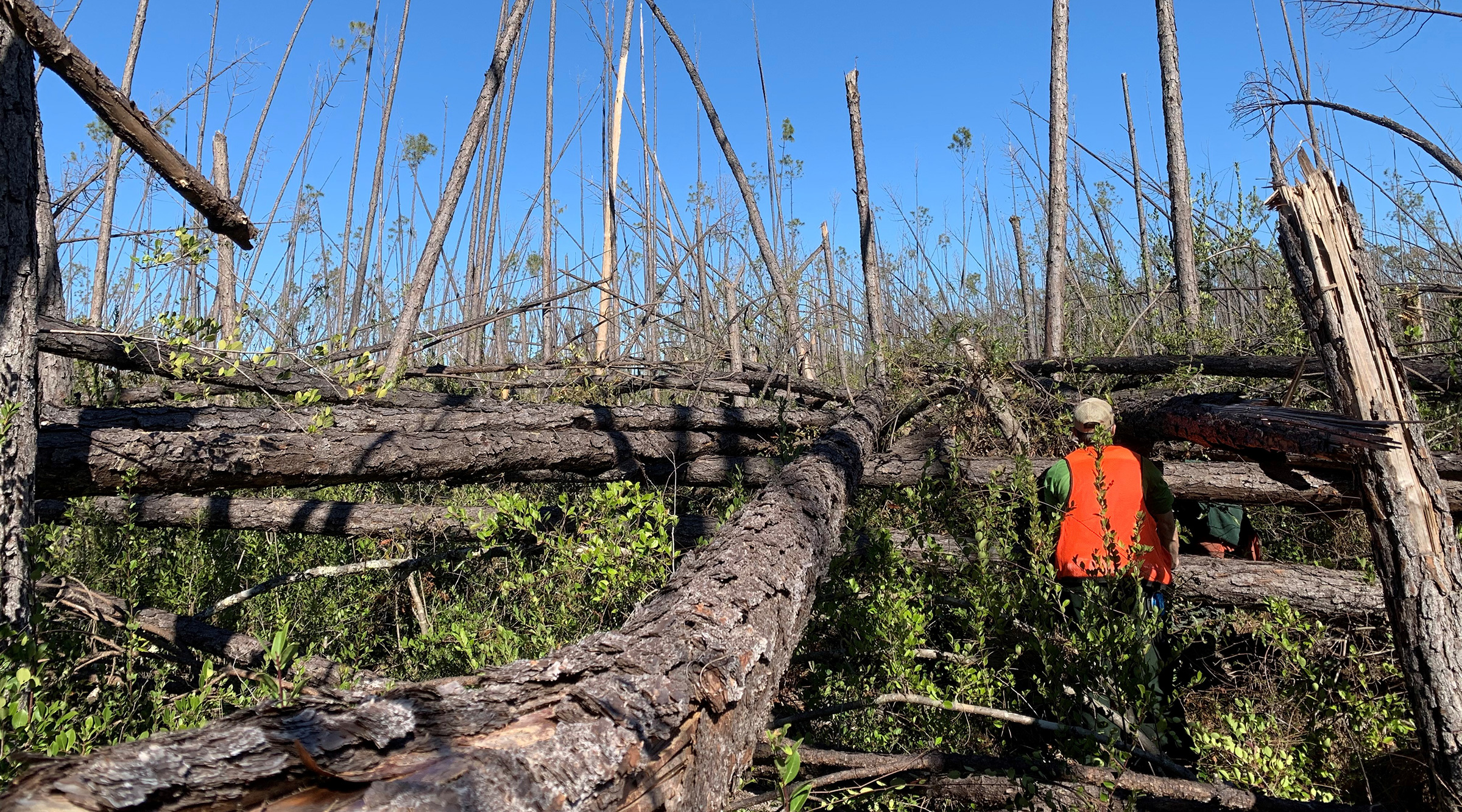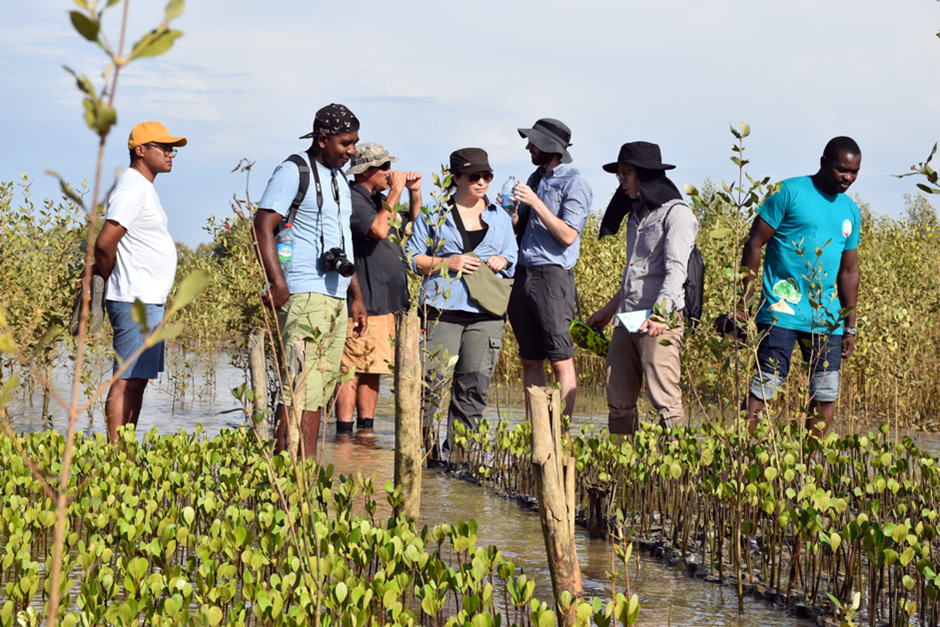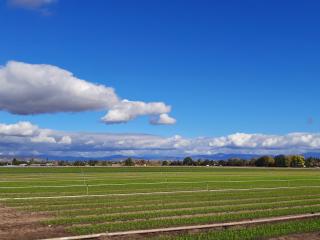
At the J. Herbert Stone Nursery, one of eight Forest Service nurseries, employees took on a massive task to transplant nearly three million seedlings, or plugs.
This significant accomplishment by employees and contract workers happened in just 11 working days during the fall of 2021. The number of seedlings is roughly double the average annual volume the nursery transplants every fall. The typical project is 1 million to 1.5 million. Most seedlings are used to complete restoration requests from national forests, Tribes, and the Bureau of Land Management for post-fire recovery.
The frequency and severity of wildfires have increased in recent years. Hotter, drier conditions associated with a changing climate make this problem more acute. Science helps inform the efforts of land managers working to keep forests and grasslands healthy. Forest Service scientists study patterns in how forests naturally regrow after a wildfire or other significant disturbances. Their research results provide state-of-the-art knowledge and tools to assist land managers and private woodland owners ’restoration efforts, such as best practices for revegetation and tree planting.
Forest Service nurseries provide locally adapted plants and seeds for reforestation projects. In other words, the seeds are replanted in the areas they were collected, assuring a source of desirable species and stock types for restoring native ecosystems.
"Natural resource specialists working on the ground as part of fire recovery efforts were able to determine where and what they would be planting quickly. They submitted orders in the winter of 2020, which allowed the nursery to respond early to their requests," said nursery manager Jason McNeal. Because the J. Herbert Stone Nursery was already full of other stock started in the Spring of 2020, started by a large private contract grower in Northern California.
What does it take to go from seeds to roots to shoots?

The seedlings are grown in a special peat composite in re-usable Styrofoam growing trays. The Forest Service, Bureau of Land Management, Tribal entities, and other partners provide the seed to the growers for starting. Where the seeds come from, seed zones and elevations, is important because this where final out-planting will occur. The seedlings are requested based on landscape needs, such as fire-related disturbances, timber harvest, and other specific requirements. Having the seeds be naturally, genetically acclimated to areas where they will be finally planted helps the seedlings succeed once they are planted on the landscape.
After they're planted, seedlings are grown in greenhouses until they reach almost 3 inches in height. For this project, because they were grown in Northern California, those seedlings were loaded up and shipped via 53-foot-long semi-trailers to the nursery.
How did the seedlings get back to the forest?
It took 14 semi-truck loads, each carrying 240,000 seedlings, to transport the nearly 3 million seedlings to the nursery. Once delivered and ready to go into the ground at J. Herbert Stone Nursery, the seedlings are removed, or "popped," from the growing trays by a hydraulic-assisted machine, making it easier to grab and remove the plants without damaging them. The blocks of plants, which contain about 200 seedlings, are then shuttled out to the production fields to be transplanted.
A large farm tractor pulls a semi-automated transplanting machine around the production field. Some crew members sit in a chair with a rotating carousel and drop seedlings into a chute. A furrow is opened as the seedling drops, with the depth and density pre-determined. The machine then closes the furrow, covering the top of the seedling plug, completing the transplanting process. Additional crew members assist with back planting, picking up dropped seedlings, and other support as needed.
The best-case scenario is to plant 172,000 seedlings in an 8-hour day.
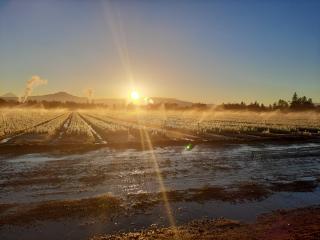
Once transplanted, the seedlings grow roots quickly in the rich soils. Because they have just come out of a greenhouse, they are still actively growing, and it's essential to protect them from frost until they can withstand that sort of temperature drop on their own. The nursery continues to protect the seedlings until that occurs by using overhead irrigation during freeze events throughout the fall season.
Jason McNeal sums up the role the nursery plays across the west perfectly when he says, "The J. Herbert Stone plays a vital role in providing seedlings across the Pacific Northwest Region for post-fire recovery and post-harvest replanting efforts. Our dedicated and focused staff work long hours to fill the orders in short time frames and provide the attentive care needed for the seedlings to eventually grow into mature, healthy trees."
What happens next?
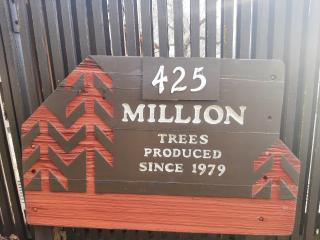
The seedlings will grow for a pre-determined amount of time to meet the specific planting needs of the requesting forest. A minimum seedling height and diameter are agreed upon at the outset. These seedlings will be "lifted" from production when they're about a year and a half old. Then the seedlings will be processed and graded, assuring that only high-quality seedlings meeting the minimum size specifications are packed into boxes. Then it's off to the forest, and when weather conditions are favorable, they will be planted in their forever homes.
A hearty congratulations to the hardworking team at J. Herbert Stone Nursery for accomplishing a feat that truly illustrates the Forest Service mission of caring for the land and serving people.


